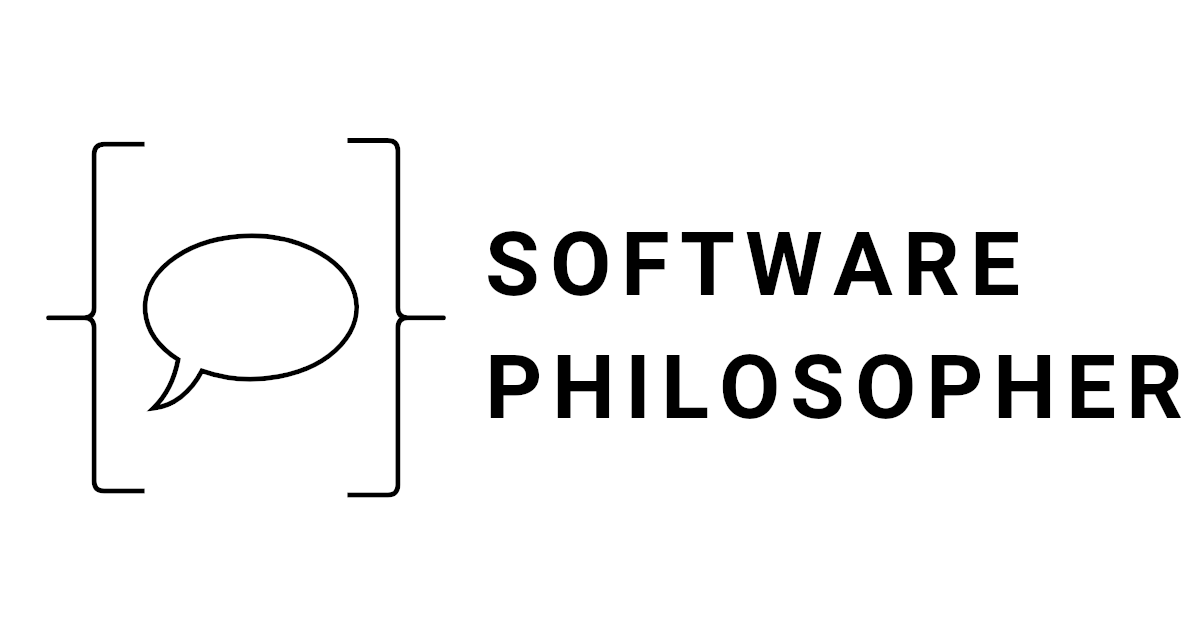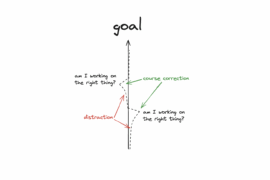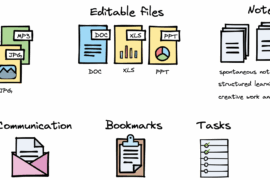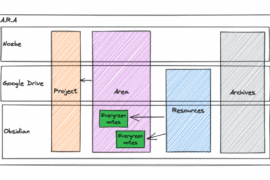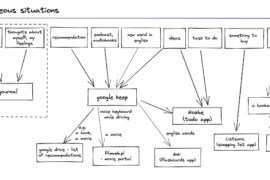I work in a P.A.R.A. method to have a structured way of managing my resources and tasks. When it comes to task management I also try to apply rules of “getting things done” (GTD). My tool of choice in this subject is Nozbe.
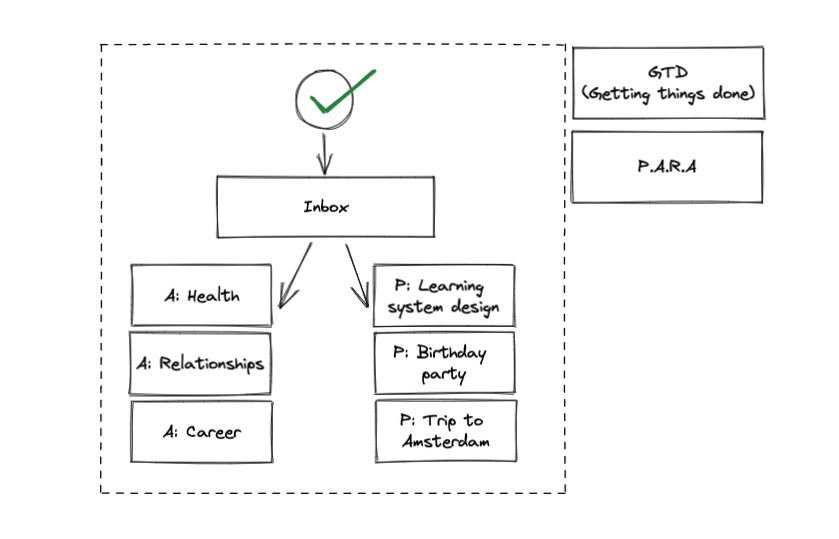
Applying P.A.R.A.
By default Nozbe doesn’t support nested projects and that’s on purpose. I wanted to stay with the tool that I’m used to, but also try out a new technique. I came up with an idea of prefixing Nozbe projects. Initially I tried to group them using project labels but that didn’t really work out for me. So currently for the P.A.R.A. Projects I add “P: …” prefix and for Areas I add “A: …” prefix. E.g.
- A: Health
- P: Birthday party
P-prefixed projects get completed, whereas the A-prefixed are likely to stay there for a long time.
Applying GTD
To conform to the rules of getting things done I keep a single source of things to do – that is Nozbe. If I don’t know the project yet I put it into the Inbox. I regularly go through the tasks there and assign projects. I strive to stay on the inbox zero.
When I write a new task I write it in a way that is actionable. When I read it afterwards I know what to do, so I decrease the effort of doing it.
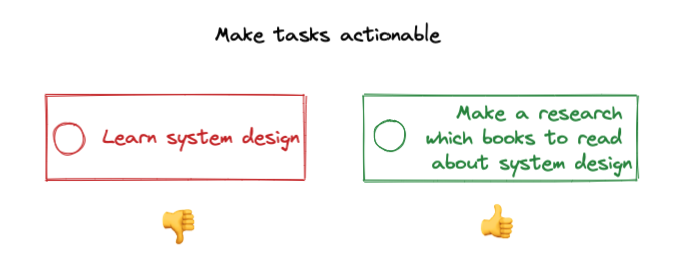
Don’t: “learn system design”
Do: “Make a research which books to read about system design”.
An exception are inbox tasks. For them the priority is to quickly get them out of my head, and I can refine the message itself later.
One habit that I also try to enforce is to go through the projects and the tasks within them regularly, and assign due dates to them so I can more likely complete them.
Additional tips
Here are additional tips that I use when working with Nozbe.
Emojis in project titles
Emojis in the project titles (Nozbe’s projects, not P.A.R.A projects) make it easier for me to identify projects visually.
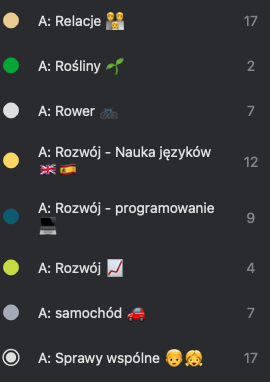
Contextual categories
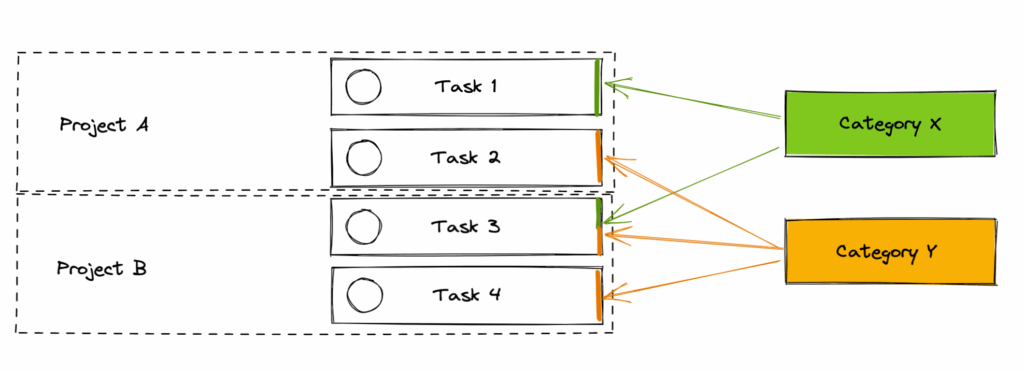
I use categories to help me group tasks that span across multiple projects but have certain properties. For example I sometimes travel between cities to visit my parents. I have categories like “place: City 1”, and “place: City 2”. This can be useful when I forgot (or haven’t foreseen a specific date) to set up a date reminder for tasks and still I can have a quick look on things that I could do only in this city.
I also have another group: “action: Read” or “action: Buy”. If I have 15 minutes to spare at work or have some money to spend on things that I need (maybe not now, but soon) I can have a look at these categories.
Email redirects
I redirect some emails to a special email address so that they land in my Nozbe inbox, e.g. emails from my accountant.
Summary
I’ve been using Nozbe for more than 3 years already and I’m used to this tool. I use it everyday for both personal and work related topics. It’s embedded into my daily routine. I try to use some productivity frameworks on top of that such as P.A.R.A and GTD.
Therefore I prefix Nozbe Projects with “P:” for P.A.R.A projects and “A:” for P.A.R.A Areas.
I treat Nozbe as a single source of truth in terms of things to do. Whenever something bothers me I offload it into the Inbox which I’ll tackle later. My tasks are actionable so I know what is the next step.
To make things easier for me I add emojis to the project titles, use contextual categories and redirect certain emails to my Nozbe inbox.
